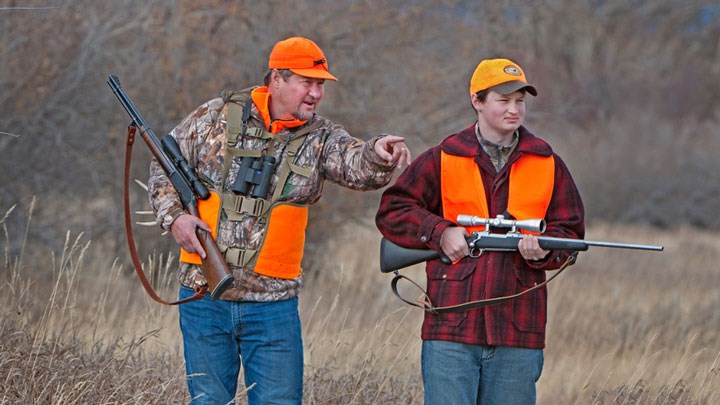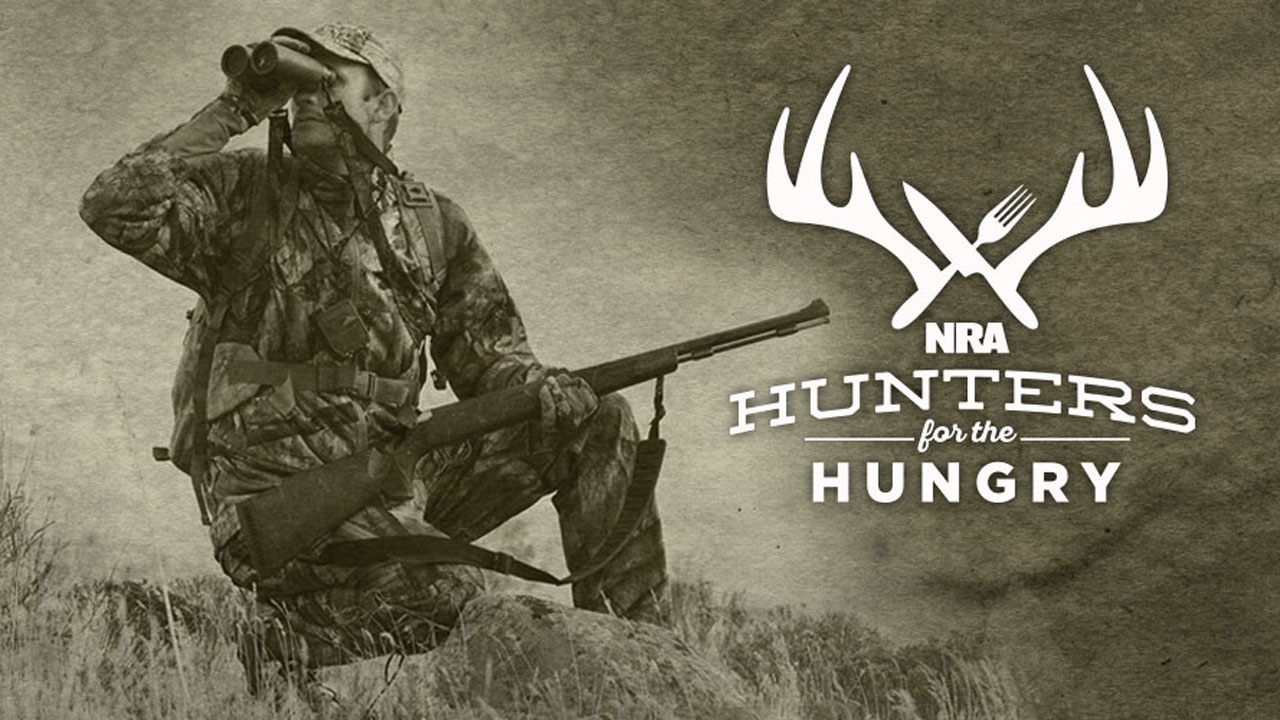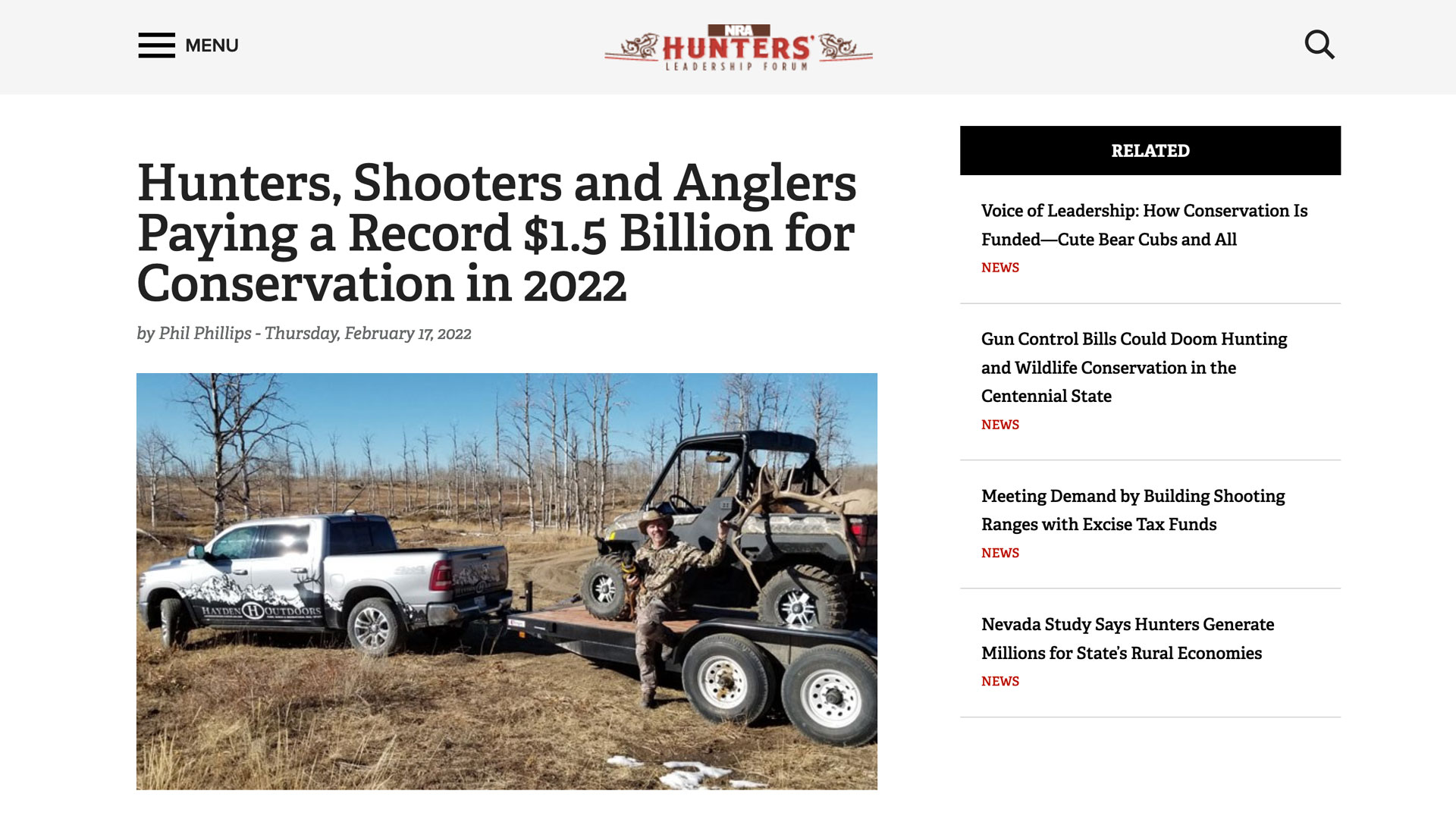
by Joseph P. DeBergalis Jr., Executive Director, NRA General Operations - Friday, July 14, 2023

A recent decrease in hunting participation after experiencing growth during the COVID-19 pandemic has some in the hunting community worrying that the national R3 (Recruitment, Retention and Reactivation) movement is not enough to save the all-American pastime we so cherish.
While the Council to Advance Hunting and the Shooting Sports reported that hunting license sales in 2020 jumped 5 percent over 2019, hunter participation following the ill-advised lockdowns has returned to pre-pandemic levels. A recent study by the national outdoor survey research firm Responsive Management shows that public acceptance of hunting has decreased in all nine categories measured—including for the purposes of wildlife management, protection of property and obtaining locally sourced food.
The study, titled “American Attitudes Towards Legal and Regulated Fishing, Target Shooting, Hunting and Trapping,” completed for the Outdoor Stewards of Conservation Foundation revealed that more than 10 million adult Americans have changed their attitudes toward hunters and hunting in a negative way since 2019. To reverse this trend and secure hunting’s future, we must do two things: 1) bolster efforts to promote the critical role that hunters and recreational shooters play in sustaining our renewable wildlife resources and 2) build cultural support for hunting.
This approach is not new for the NRA. Recognizing that ongoing public support of hunting is essential, in 2014 the NRA launched the NRA Hunters’ Leadership Forum (HLF) to address the escalating cultural, political, demographic and social challenges to hunting in the 21st century. In 2016, the NRA HLF hired Responsive Management to conduct the nation’s first-ever groundbreaking study accessing Americans’ attitudes toward hunters, hunting, animal rights and animal welfare. Surveys and focus groups examined public opinions on hunting, sport shooting, firearms and the use of animals; gauged hunting’s support based on species and hunting method; and tested the effectiveness of pro-hunting messages, to name just a few topics. The NRA then released the research-based book, How to Talk about Hunting: Research-Based Communications Strategies. The goal: to teach hunters, hunter-backed conservation organizations and wildlife professionals to be tactical hunting communicators while laying the groundwork for developing coordinated messages within the hunting community that resonate with non-hunters and counter the misinformation espoused by animal rights extremists.
While the NRA research revealed the majority of Americans support legal, regulated hunting, it underscored that its future hinged on reaching those in the middle. Facts do not speak for themselves. The research also shed light on a critical fact: Programs to improve hunting’s cultural acceptance should not be confused with programs such as R3 aimed at increasing hunting’s participation. The former must proceed the latter for R3 to work.
Fortunately, promoting hunting in the court of public opinion is not a matter of changing Americans’ values but reaffirming them. The research shows the majority of Americans (about 78 percent in 2016 and 74 percent in 2023) do not have a negative image of hunting and hunters. In addition, approximately 5 percent of Americans are hunters, while an estimated 10 percent are anti-hunters. This means that while the majority of Americans—85 percent—are non-hunters, they are not against hunting. Maintaining this support is critical in light of increased hunting-related ballot initiatives nationwide.
While the NRA remains invested in R3 through NRA General Operations’ vital programs and services and NRA Publications such as through the NRA HLF website and American Hunter’s “Join the Hunt” column, it is also working to promote the messages and concepts that the NRA HLF-funded research shows best resonate with non-hunters to bolster hunting’s cultural acceptance. In highlighting hunters’ many positive contributions to wildlife, ecology and the economy, there is no wonder America’s fish and wildlife agencies are legislatively mandated to manage and provide opportunities for hunting. In standing with hunters, as the nation’s leader in hunter safety, education and training, and through its support of critical programs such as Hunters for the Hungry, the NRA will remain on the frontlines.

However, the NRA and stakeholders from industry companies to the state wildlife agencies that rely on hunters’ dollars cannot do it alone. A national campaign to promote hunting’s cultural acceptance involves planning and funding. Perhaps a lesson can be learned from the fishing and boating side of our outdoor industry as seen through the Dingell-Johnson (DJ) Sport Fish Restoration Act. The equivalent to our Federal Aid in Wildlife Restoration Act of 1937—commonly known as the Pittman-Robertson (PR) Act—DJ garnered $399 million in excise tax receipts in 2022. The DJ funds, like PR funds, are administered by the U.S. Fish and Wildlife Service (USFWS). The USFWS recently announced a cooperative agreement with the nonprofit Recreational Boating & Fishing Foundation. It will set aside $70 million over a five-year period to fund the National Outreach and Communication Program to increase participation in those activities, enhance public communications and support aquatic conservation.

While PR excise taxes in 2022 exceeded $1.5 billion—considerably more than what was collected through DJ—the hunting community lacks a nationally-funded campaign. Imagine the ground we would cover if we followed suit and paired R3 efforts with such a campaign. By being as passionate about increasing cultural support for hunting as we are about going hunting, we will ensure legal, regulated hunting remains safe on our watch and into the future.
E-mail your comments/questions about this site to:
[email protected]
Proudly supported by The NRA Foundation and Friends of NRA fundraising.
